Why ducks wag their tails These adorable waterfowl are known for their charming waddle and distinctive quacks, but the purpose behind their tail movements remains a mystery to many.
From communication signals to balancing acts in water, ducks have evolved unique ways of using their tails that reveal insights into their social interactions and survival strategies.
Why Do Ducks Wag Their Tails?
Some researchers suggest that a duck wagging its tail could also communicate within a group. Ducks are social animals and use various body movements to convey messages to each other, much like how humans use gestures.
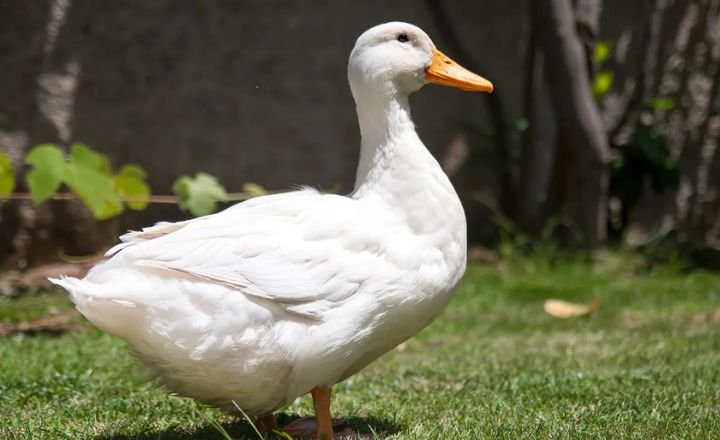
Ducks‘ tail-wagging might signal alertness, warning of danger, or even general excitement within the flock. It’s fascinating to consider the intricate ways ducks interact with each other beyond simple quacking.
Studying the different contexts where ducks wag their tails can provide valuable insights into their behavior patterns and social dynamics.
Observing these behaviors closely, we might uncover subtle nuances that help us better understand the world of ducks and how they navigate their environment.
Reasons Why Ducks Wag Their Tails
Observing a duck wagging its tail can be a delightful sight, offering a glimpse into the complex behavior of these fascinating creatures. Many interpret tail-wagging as a sign of happiness or excitement; it also serves practical purposes for ducks.
During the mating season, this motion becomes essential to ducks’ courtship rituals, signaling readiness and attracting potential partners. Wagging their tails may also help ducks maintain balance while navigating their surroundings.
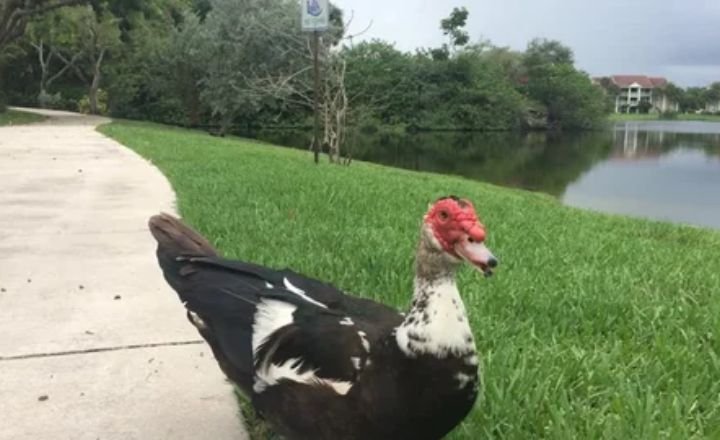
Duck owners and enthusiasts alike find decoding the various meanings behind tail-wagging another layer of understanding of these charismatic waterfowl. By paying attention to subtle cues in ducks’ body language, such as tail movements, they can better appreciate the nuanced communication strategies employed by ducks in different contexts.
Reasons Why Ducks Wag Their Tails
Understanding why ducks wag their tails can provide insight into their behavior and overall well-being. One reason for this gesture is that ducks use tail wagging to communicate with their owners or other animals. It can signify excitement or happiness or even serve as a warning signal.
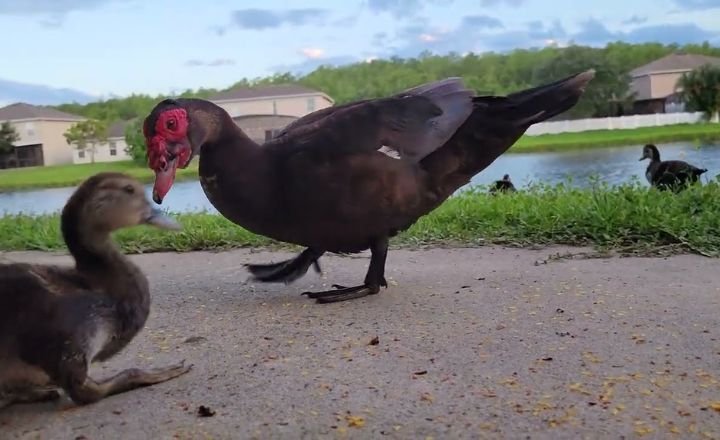
Observing the context in which your duck wags its tail, you can decipher its message and respond accordingly.
Excitement
The sight of a duck ecstatically wagging its tail, flapping its wings, and darting around is a heartwarming display of pure joy. It’s fascinating to witness how their excitement manifests in such adorable gestures, highlighting the charming nature of these feathered creatures.
It’s the anticipation of delicious snacks or simply enjoying a moment of contentment, and ducks never fail to express their happiness through playful movements. A flurry of excitement, ducks also showcase their agility by jumping from one point to another with uninhibited enthusiasm.
This seemingly simple act reflects their energetic nature and reminds them that finding joy in the little things can bring immense satisfaction.
Mating Season
Male ducks’ tail-wagging display may seem simple, but its intricate dance of movements reveals a deeper layer of complexity in their courtship rituals. The synchronized choreography of tail wagging, wing flapping, preening, and head pumping is a medley of signals that captivates the female’s attention.
This elaborate performance showcases the male duck’s vigour and vitality, signalling his readiness for mating.These behaviours are commonly associated with mallard ducks, their significance extends beyond mere flirtation they represent a primal instinct deeply ingrained in the avian world.
The constant nature of this mating behavior among domesticated ducks highlights the unyielding pursuit of reproductive success throughout the year.
To Shake Off Water
Observing ducks engage in their post-swim ritual of vigorous shaking is a fascinating display of efficiency and instinctual behavior. This seemingly simple act serves multiple purposes, from removing excess water to communicating contentment.
The synchronized movement of wagging tails and flapping wings demonstrates an intricate balance between necessity and pleasure in the duck’s aquatic world. Ducks perform this task with undeniable grace and elegance compared to how dogs shake off water.
It’s as if they have perfected the art of drying themselves off with a combination of precision and flair.
Waddling
Due to their size and body shape, ducks have a unique waddling walk style. Their clumsy swaying motion helps them balance their weight as they shift from side to side while walking.
This balancing act is often supported by the wagging of their tails, allowing them to maintain stability despite their awkward gait.
Not all ducks waddle in the same manner. Those that do typically rely on this distinctive movement pattern for balance. Some ducks may have different walking styles based on breed or individual characteristics.
The waddling walk of ducks is a fascinating adaptation that showcases how these birds have evolved to navigate their environment effectively.
To Cool Off
Ducks wag their tails to cool off and relax after experiencing stress. This behavior helps them calm down and recover from unpleasant situations, such as escaping predators or other sources of stress.
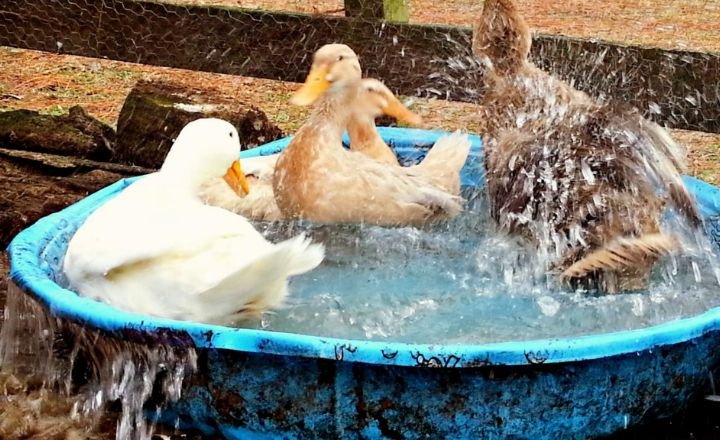
By wagging their tails, ducks release tension and signal to others that they are trying to relax and return to a state of calm. This act can be seen as a form of self-soothing for ducks, similar to how humans might take deep breaths or engage in relaxation techniques after a stressful event.
It is a natural response that allows ducks to regulate their emotions and physical state, promoting overall well-being and resilience in facing challenges.
Illness
Ducks shaking their wings and tails during warm weather could be a sign of illness, so it’s important for owners to take prompt action. Isolating the duck from the herd and seeking advice from a veterinarian is crucial in such cases to prevent the spread of disease.
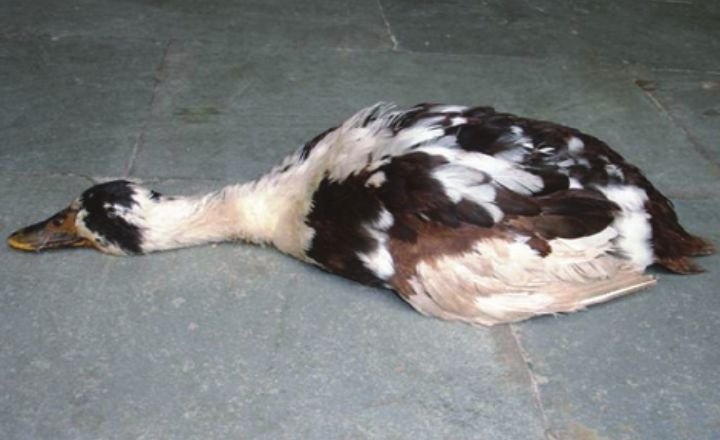
Wet feathers can also cause discomfort for ducks, leading them to shake their wings and tails. Giving the duck a bath and properly drying it can help alleviate this issue.
Sometimes, ducks may wag their tails as an alarm against predators. This behaviour persists or is accompanied by other symptoms of illness, it’s best to err on the side of caution and seek professional help.
Conclusion
Understanding the various reasons why ducks wag their tails can provide valuable insight into their behavior and emotions. Observing this behavior can offer clues about your duck’s well-being and mood, whether it’s a display of excitement or a post-swim ritual.
By paying attention to these subtle cues, you can strengthen your bond with your feathered friends and ensure they are happy and healthy. Witness your duck wagging its tail; take a moment to consider what might be motivating this action and respond accordingly to enhance your relationship with your beloved pet.
FAQs
Do all duck species wag their tails?
Not all duck species wag their tails. While some ducks, such as the Mallard, exhibit tail-wagging behavior, it is not a universal trait among all duck species.
Are there different types of tail-wagging in ducks?
Yes, ducks exhibit different types of tail-wagging behaviors that convey various messages. One common type of tail wagging in ducks is the side-to-side wag, which usually indicates excitement or happiness.
Do baby ducks also wag their tails?
Yes, baby ducks do wag their tails, just like adult ducks. Tail-wagging is a common behavior in ducks of all ages and serves various purposes.
